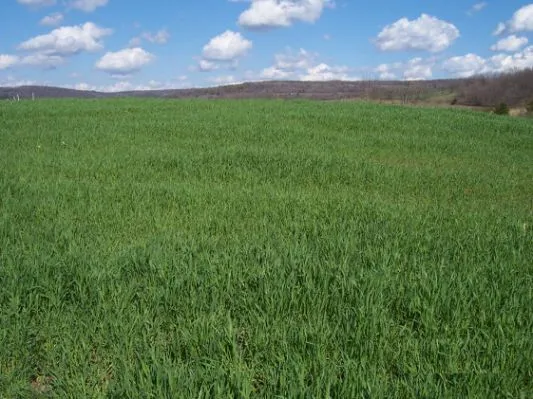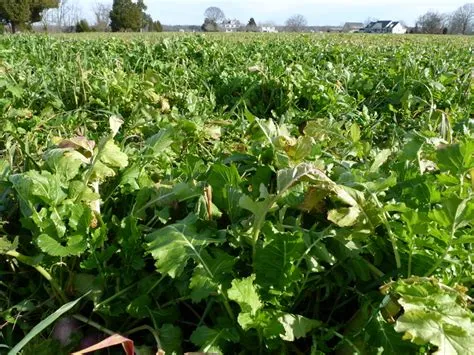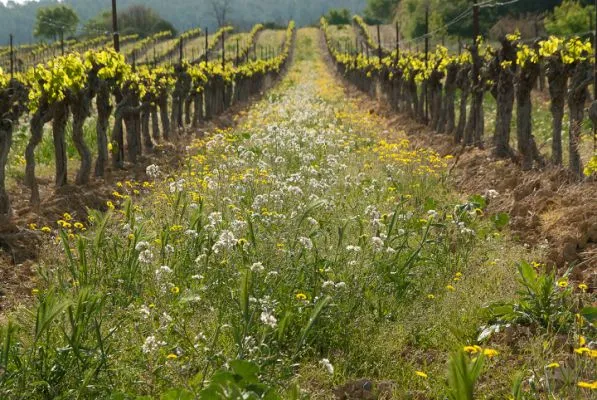Hdy every one, how was your night? Hope it was fine.
It is a priviledge for me to write to yo7 once again in thids wonderful platform..
Hope the weekend is going on fine.
On my last post, i explained about mixed cropping. Today, i will be talking about covered cropping.
What is covered cropping?
A cover crop is planted to manage soil erosion, soil fertility, soil quality, water, weeds, pests, diseases, biodiversity and wildlife in an agroecosystem.
An ecological system managed and shaped by humans. Cover crops may be an off-season crop planted after harvesting the cash crop.

A covered crop protect the soil from water erosion.
Examples of cover crops are annual ryegrass, crimson clover, oats, oil-seed radishes, and cereal rye.
Cover crops are grown for a variety of reasons: Reducing soil compaction.

Cover crops planted in late summer are an inexpensive way to build better soil for gardening. Cover crops often are called green manure crops.
They are grains, grasses, or legumes that will grow during fall and winter and that you can plow, spade, or till under in the spring.

Rather than being harvested for food, cover crops are tilled back into the soil at the end of their growing cycle where the nutrients are released as the plants decompose.
Planting a dense cover crop in fall prevents weeds from getting established, so there is less weeding to do come spring.

Grow Cover Crops for the Best Garden Soil.
Chickens, ducks and geese all make excellent covered cropping.
Cover cropping at work: Cowpeas will add nitrogen to this garden's soil and Dutch white clover (right bed) will make a great living mulch for interplanted food crops.
Field peas are a popular leguminous cover cropping.
Thanks for reading.